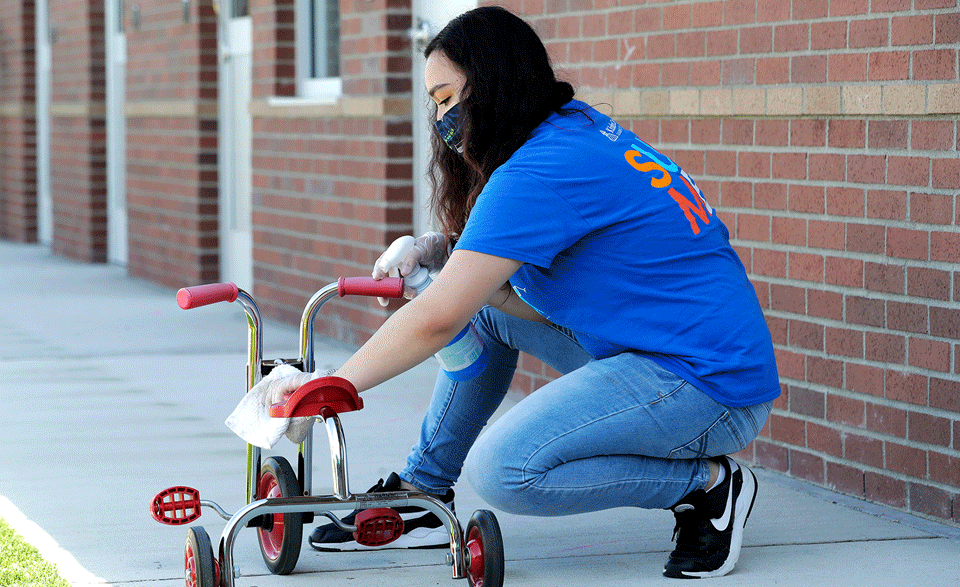
Child care in the time of coronavirus is one of the most challenging financial and logistical hurdles facing families. But while it’s certainly much more difficult now with many child care facilities closed, it’s far from a new problem.
Most families—single-parent and two-parent alike—struggled with child care even in normal times, regardless of their incomes. That’s because we have a hodge-podge of arrangements with no national system, and the availability of good care depends as much on where one lives as on ability to pay.
Women’s jobs—concentrated in service industries—are particularly vulnerable in the coronavirus economic meltdown. Women are being laid off or furloughed at a significantly higher rate than men.
And with kids at home, many two-parent families are finding that they need one parent to drop out of work to take up the slack at home. Financial sense dictates that it be the lower earner—which, thanks to the gender pay gap, is usually women.
There’s a longer-term threat to women’s employment as well.
About half of child care providers have been forced to close due to COVID-19, and many face the possibility of permanent closure. According to the Center for American Progress, the COVID-19 pandemic could lead to a permanent loss of nearly 4.5 million child care slots, leaving millions of families without the child care they need to return to work.
A stopgap measure, the Child Care Is Essential Act, was recently introduced by Rep. Rosa DeLauro and Sen. Patty Murray. It would provide grant funding for child care providers to stabilize the industry so they can safely reopen and operate. The money can be used for necessary modifications due to COVID-19, personnel pay, and fixed costs like rents.
Short-term help is of course welcome and needed. But if there ever was a time to demand systemic change, this is it.
The situation in the U.S. differs markedly from other countries, where child care and early childhood education are viewed as public responsibilities, with national child care provided at no cost to families. For example, almost 100% of French 3-5 year-olds are enrolled in full-day, free care, staffed by teachers paid good wages by one national ministry.
In contrast to other parts of the world, in the U.S., the government and families alike have historically regarded child care as a family problem, not a public responsibility. Universal child care is still controversial in some sectors of society, with a few decrying it as “socialism.” (At one time even public schools were controversial, with the education of children viewed as a “family matter.”)
While the U.S. is a long way from a full-blown national solution, we should be making concrete plans for one where most if not all children in the country can be served. Except for a few children’s advocacy groups, there is no organized lobby for a national child care system.
This is an election year. Parents need to become that much-needed organized lobby. Candidates must be challenged with questions like these: (1) What kind of bill would you sponsor to help working families with child care? (2) Do you support public funding for universal pre-kindergarten?
Opponents will claim universal child care costs too much, and we can’t afford a new system. But reliable estimates say two-parent families are already forced to spend over 25% of net income for center-based care for two children.
Congress has appropriated literally trillions to keep businesses afloat in a post-corona economy. Are families less important?
Institute for Policy Studies / OtherWords









